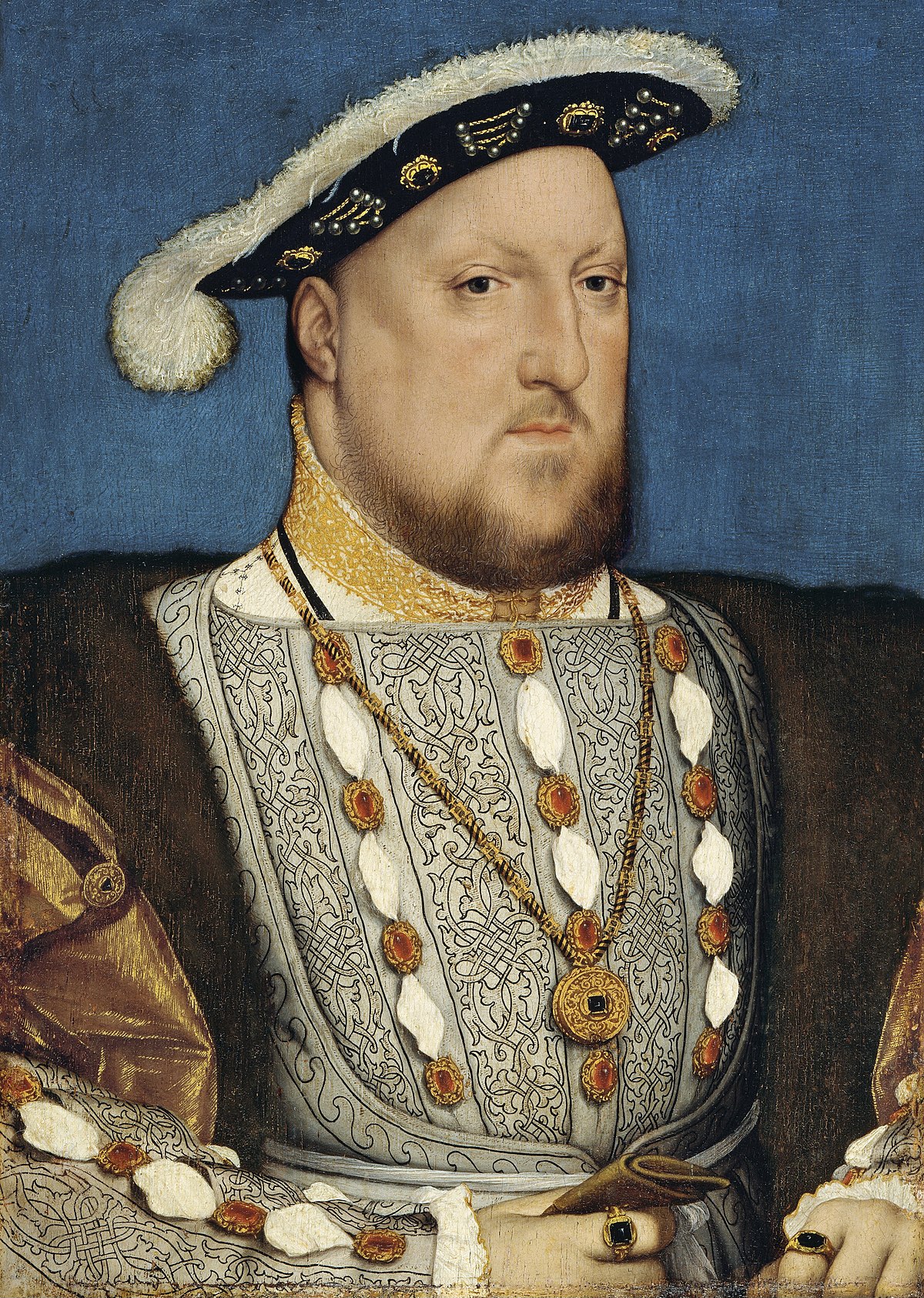
Henry VIII
England, UKHenry VIII began his reign with much optimism. Henry's lavish court quickly drained the treasury of the fortune he inherited. He married the widowed Catherine of Aragon, and they had several children, but none survived infancy except a daughter, Mary.
In 1512, the young king started a war in France. The English army suffered badly from disease, and Henry was not even present at the one notable victory, the Battle of the Spurs. Meanwhile, James IV of Scotland, due to his alliance with the French and declared war on England. While Henry was dallying in France, Catherine, and Henry's advisers were left to deal with this threat. At the Battle of Flodden on 9 September 1513, the Scots were completely defeated. James and most of the Scottish nobles were killed.
Eventually, Catherine was no longer able to have any more children. The king became increasingly nervous about the possibility of his daughter Mary inheriting the throne, as England's one experience with a female sovereign, Matilda in the 12th century, had been a catastrophe. He eventually decided that it was necessary to divorce Catherine and find a new queen. Henry seceded from the Church, in what became known as the English Reformation, when the divorce from Catherine proved difficult.
Henry married Anne Boleyn secretly in January 1533 and Anne gave birth to a daughter, Elizabeth. The king was devastated at his failure to obtain a son after all the effort it had taken to remarry. In 1536, the queen gave birth prematurely to a stillborn boy. By now, the king was convinced that his marriage was hexed, and having already found a new queen, Jane Seymour, he put Anne in the Tower of London on charges of witchcraft. Afterwards, she was beheaded along with five men accused of adultery with her. The marriage was then declared invalid, so that Elizabeth, just like her half sister, became a bastard.
Henry immediately married Jane Seymour. On 12 October 1537, she gave birth to a healthy boy, Edward, which was greeted with huge celebrations. However, the queen died of puerperal sepsis ten days later. Henry genuinely mourned her death, and at his own passing nine years later, he was buried next to her.
Henry's paranoia and suspicion worsened in his last years. The number of executions during his 38-year reign numbered tens of thousands. His domestic policies had strengthened royal authority to the detriment of the aristocracy, and led to a safer realm, but his foreign policy adventures did not increase England's prestige abroad and wrecked royal finances and the national economy, and embittered the Irish. He died in January 1547 at age 55 and was succeeded by his son, Edward VI.
